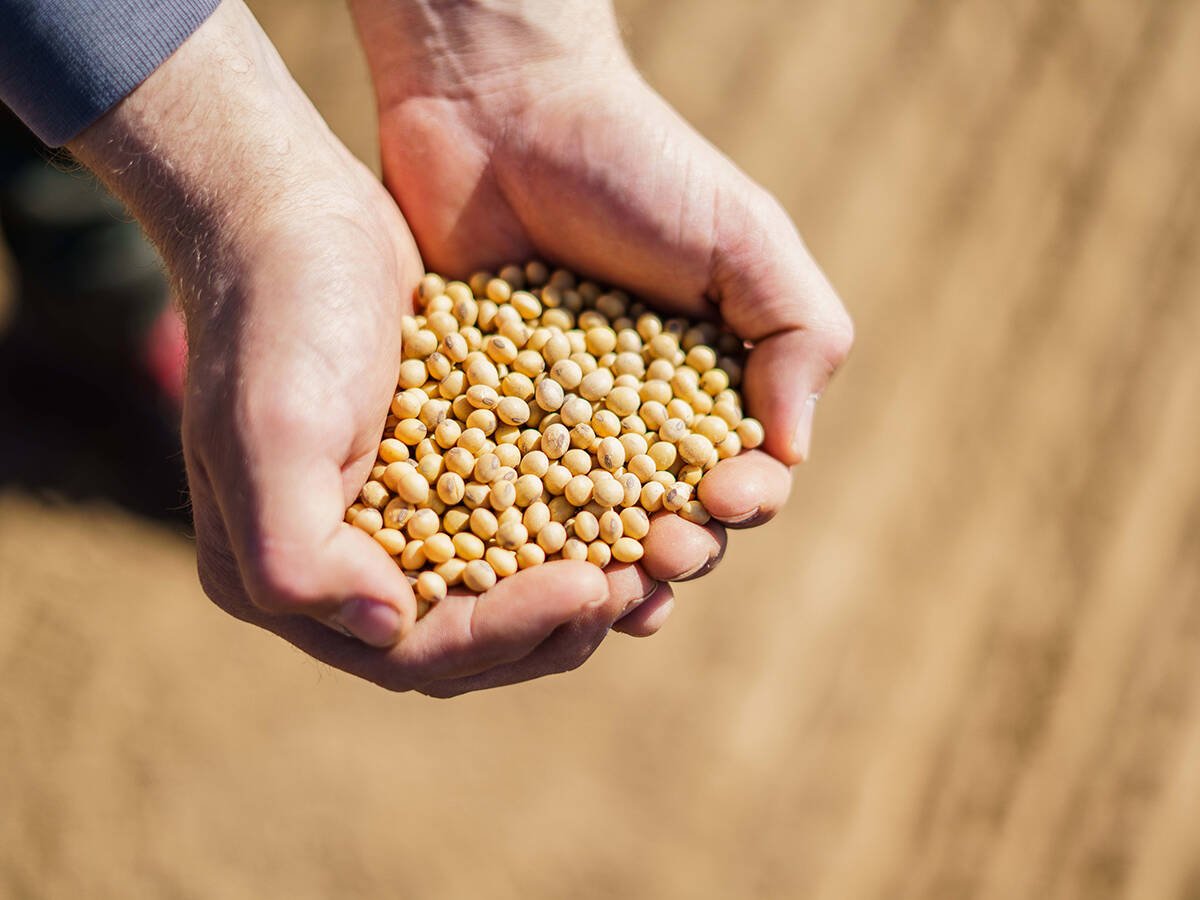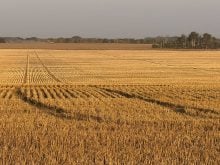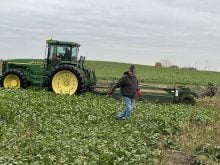Grain inspectors are starting to get a handle on 2008 crop quality after reviewing hundreds of samples and it appears producers have done an exemplary job.
“We have a good crop,” said Norm Woodbeck, manager of quality assurance standards and reinspection with the Canadian Grain Commission.
“Canola is looking fabulous. One of the nicest canola crops that we’ve seen in a long time.”
Saskatchewan Agriculture is estimating that 86 percent of the province’s spring wheat crop will fall into the top two grades compared with the 10-year average of 68 percent.
Read Also

U.S. government investigates high input costs
The USDA and DOJ are investigating high input costs, but nothing is happening in Canada.
“Those are big numbers, big numbers,” said Woodbeck.
From what he has seen they are also plausible numbers.
“The vast majority of samples are staying up in that No.1, No. 2 category,” he said.
Woodbeck estimates 80 percent of the wheat samples inspected by the grain commission fall into the top two grades, which is “extremely good.”
That is especially impressive considering samples submitted to the grain commission are usually from questionable crops. Producers who know they have No. 1 quality wheat don’t bother sending in samples for grading.
The lab will soon be looking at the milling and baking characteristics of the wheat, but from a pure visual inspection the 2008 crop looks of superior quality. And it’s not just the major crops. Edible beans, for instance, also look great.
“All in all, it’s shaping up to be a good year,” said Woodbeck.
Some years there are one or two major downgrading factors. This year there are a variety of factors affecting crops in each province but none is overwhelming.
In Manitoba, it is fusarium and mildew. In Saskatchewan, frost, midge, hard vitreous kernels and ergot have caused downgrading.
“One thing we haven’t seen too much of is sprouting, which has been a good thing. We thought we might see more sprouting because of the weather,” said Woodbeck.
Saskatchewan Agriculture said farmers are reporting more ergot damage than usual.
“It’s quite a wide range of areas and in larger numbers than you would normally expect,” said Grant McLean, the province’s cropping management specialist.
He has fielded calls from farmers near Regina, Stoughton, North Battleford, Tisdale and Melfort, Sask., complaining of ergot damage in their rye, red spring wheat and durum crops.
“They’re blaming the variety and it isn’t necessarily the variety. It’s just the environmental conditions during flowering and prior to flowering that have caused this problem.”
McLean suspects a cool spring and staggered germination extended the period when cereal crops were vulnerable to ergot infection.
Cleaning for ergot is a difficult process because the fungal bodies are similar in size to the grain they have infected, which is why a wheat crop can easily be downgraded to feed or sample.
Woodbeck said grain commission inspectors received a bunch of ergot infected samples late last week. If that trend continues, there will definitely be more ergot damage than normal.















